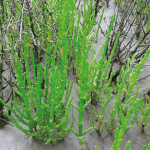Here you’ll find a list of our favourite Marsh Samphire Recipes.
Please use these as a guide – however, you can use Marsh Samphire in almost any recipe – you can plonk it on top!
The Key to Enjoying Marsh Samphire is to pick off the succulent tops and discard any of the fibrous bases. Sometimes you’ll have samphire that hasn’t been sorted properly and you’ll think, this is a stringy mess.







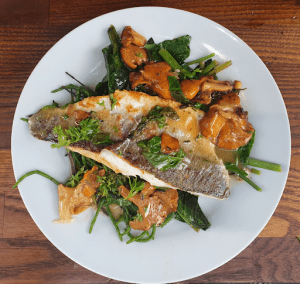
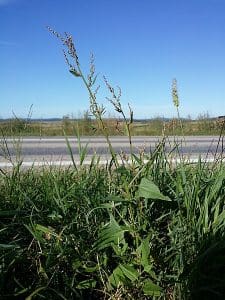



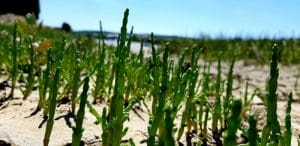
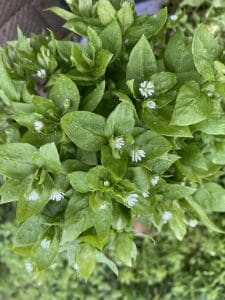
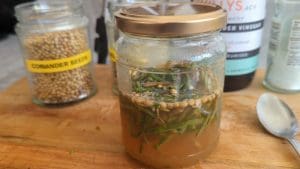
![Marsh samphire, plant in situ-Marco Schmidt [1], CC BY-SA 2.5](https://totallywilduk.co.uk/wp-content/uploads/2023/01/Marsh-samphire-plant-in-situ-Marco-Schmidt-1-CC-BY-SA-2.5--e1673281930790-150x150.jpeg)

